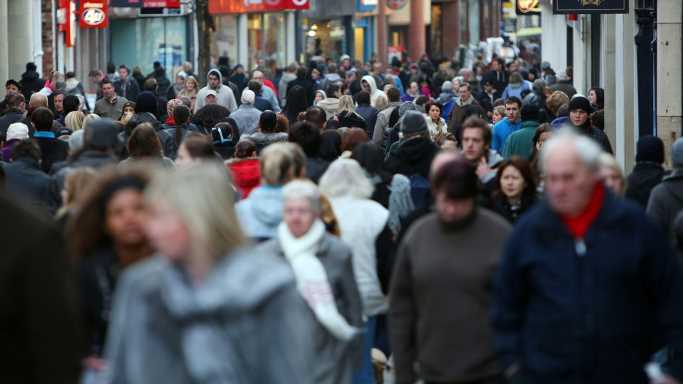Public confidence in the press has been eroding for decades in the United States. According to a recent Gallup poll, just 34% of Americans have a great deal or a fair amount of trust in mass media, down from 54% just 20 years ago.
Several factors have contributed to the credibility crisis in American media, not the least of which is the growing political polarization of news outlets. One study conducted by the Pew Research Center found that Republicans’ trust in news sources like CNN, The New York Times, and The Washington Post – which was not especially high to begin with – fell substantially from 2014 to 2019. Other factors contributing to the increased distrust include the decline of local and print newspapers and the simultaneous rise of unregulated online platforms.
Despite these trends, press freedom in the United States compares favorably to most other large countries in the world. The independent journalism advocacy group Reporters Without Borders, or RSF, defines press freedom as the ability of journalists and media outlets to report news and information to serve the public interest without political, economic, legal or social interference, or threats to their physical and mental safety and well-being. The RSF 2022 World Press Freedom Index ranks the United States 42nd in the world for press freedom. Among the 25 largest countries in the world by population, the U.S. ranks far better.
Using 2022 data from the RSF 2022 World Press Freedom Index, 24/7 Wall St. ranked the world’s 25 most populous countries by their press freedom index score, which RSF calculated using press survey data. Population and GDP per capita figures are from the World Bank. From The Economist’s Democracy Index, we added each country’s regime classification.
The press freedom index is broken into five subcategories: political context, which measures independence from political pressure; legal framework, a measure of journalistic censorship, discrimination, and legal protections; economic context, which accounts for the overall media business environment; sociocultural context, which includes the press’s ability to cover certain issues that may run counter to the prevailing culture; and safety, a measure of the press’ ability to report without fear of mental, physical, or personal harm.
The freedom of the press among the countries on this list hinges largely on the type of government under which the media operates. Countries under authoritarian rule tend to have limited press freedom, while democracies tend to have higher levels of press freedom. (Here is a look at the best countries to move to.)
Based on the Economist’s regime classification analysis, nine of the 10 countries on this list with the highest press freedom score on this list are either democracies or flawed democracies. Meanwhile, only two of the world’s 10 largest countries with the lowest degree of press freedom are democratic. (Here is a look at the most corrupt countries in the world.)
Click here to see the most populous countries ranked by press freedom.
Sponsored: Find a Qualified Financial Advisor
Finding a qualified financial advisor doesn’t have to be hard. SmartAsset’s free tool matches you with up to 3 fiduciary financial advisors in your area in 5 minutes. Each advisor has been vetted by SmartAsset and is held to a fiduciary standard to act in your best interests. If you’re ready to be matched with local advisors that can help you achieve your financial goals, get started now.
Source: Read Full Article
